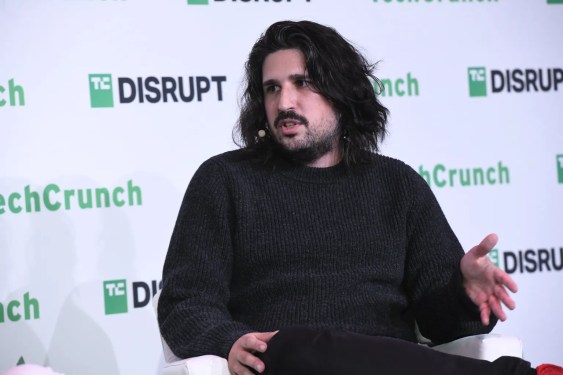Revolutionizing Video Creation: Runway’s Groundbreaking Gen-4 AI Model

In a remarkable stride for the AI landscape, Runway has unveiled its latest innovation, the Gen-4 video-generating model, which sets a new benchmark in fidelity and creativity. This tool is not just another entry into the crowded space of AI-generated video; it boasts the capability to generate strikingly consistent characters, environments, and objects across multiple scenes. Unlike its predecessor, Gen-3 Alpha, Gen-4 introduces unparalleled coherence in world environments and the ability to regenerate scene elements from varied perspectives.
Runway highlights that Gen-4 can draw upon visual references alongside user instructions to produce unique images and sequences without requiring additional fine-tuning. This breakthrough allows for a much smoother creative process, making it easier for individuals and businesses to craft compelling visual narratives.
Supported by notable investors like Salesforce, Google, and Nvidia, Runway appears well-positioned to challenge larger competitors like OpenAI and Google in the domain of generative AI. As a testament to its innovative edge, Runway has secured a partnership with a leading Hollywood studio, along with a commitment of millions to create numerous films using AI-generated techniques.
The unique capabilities of Gen-4 extend beyond aesthetics; users can utilize reference images to ensure consistency in characters irrespective of changing lighting conditions in various scenes. This transformative feature empowers creators to maintain narrative continuity and artistic alignment throughout their projects.
According to insights from Runway, Gen-4 not only excels in generating visually dynamic videos but also upholds superior adherence to prompts and understanding of contextual worlds. The model is anchored by extensive training on diverse video data, although specifics about this training set remain undisclosed, primarily to safeguard intellectual proprietary rights.
However, the backdrop of a legal challenge looms over Runway, as it faces a lawsuit from artists alleging that several generative AI firms, including Runway, used copyrighted artwork for training without authorization. Runway defends its practices under the fair use doctrine, but as the situation unfolds, the implications could ripple through the industry.
The stakes for Runway are significant, especially as rumors circulate about a new funding round that could push its valuation to an impressive $4 billion. This funding is critical, particularly given projections that predict the company’s revenue could reach $300 million this year, bolstered by the rollout of innovative offerings like an API for its video generation services.
As generative AI technologies like Runway’s Gen-4 reshape the film and television sectors, challenges concerning job sustainability arise. A recent study commissioned by the Animation Guild underscores the disruptive potential of AI on employment within entertainment, forecasting that over 100,000 U.S. jobs could be affected by 2026 as companies increasingly adopt these technologies. The evolution of AI-generated content is not just a technological advancement; it reflects a fundamental shift in the creative landscape—a shift that may redefine storytelling and content creation as we know it.
